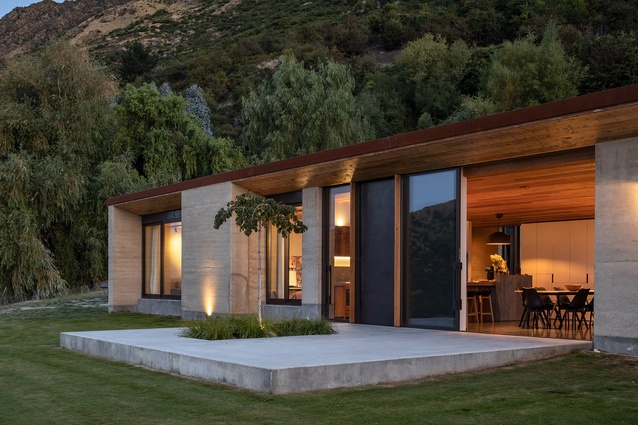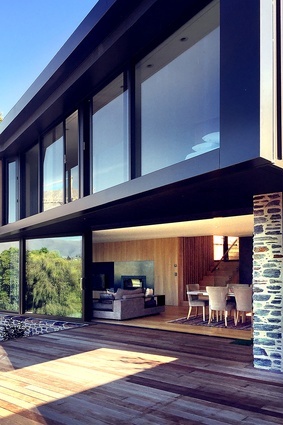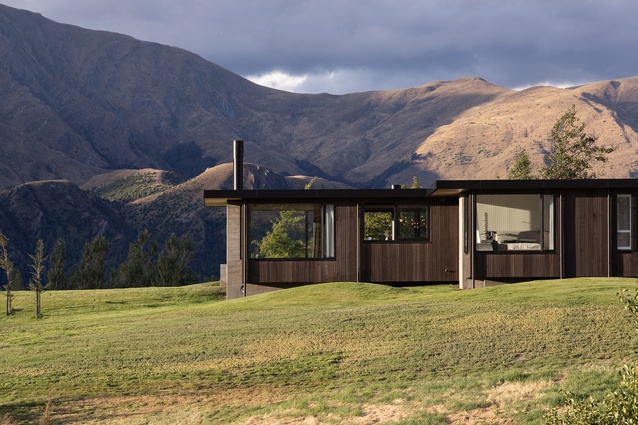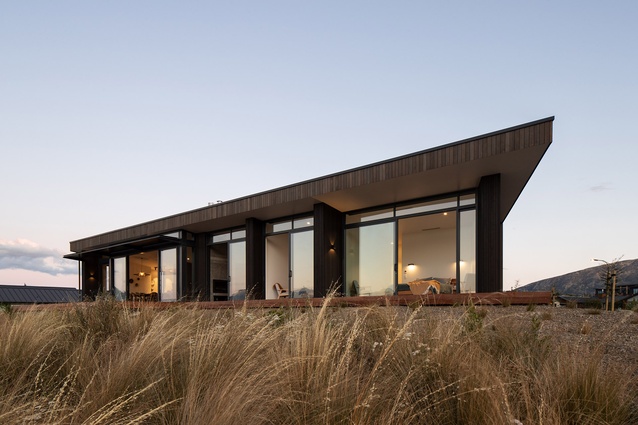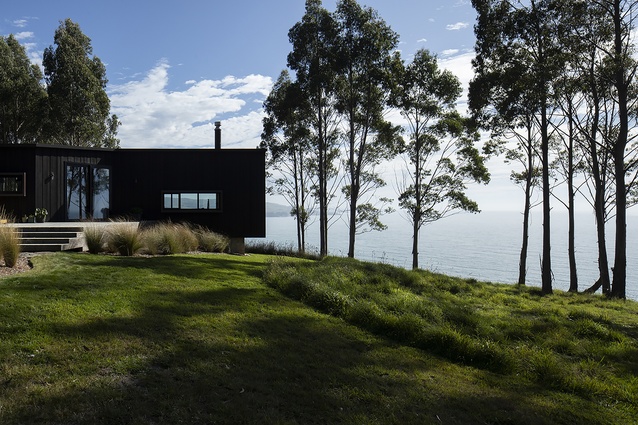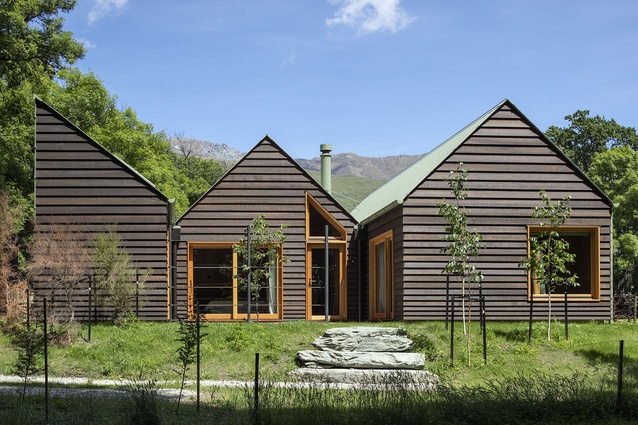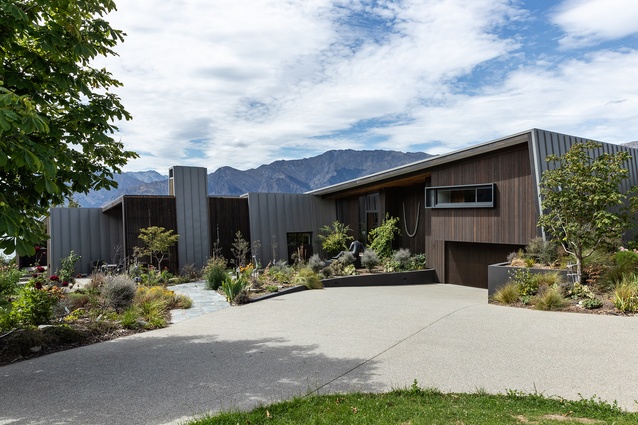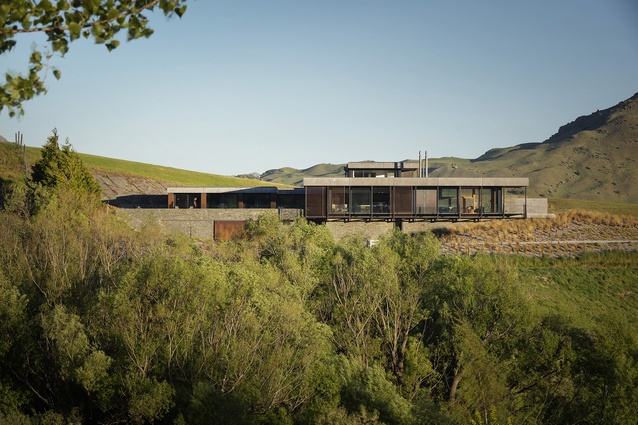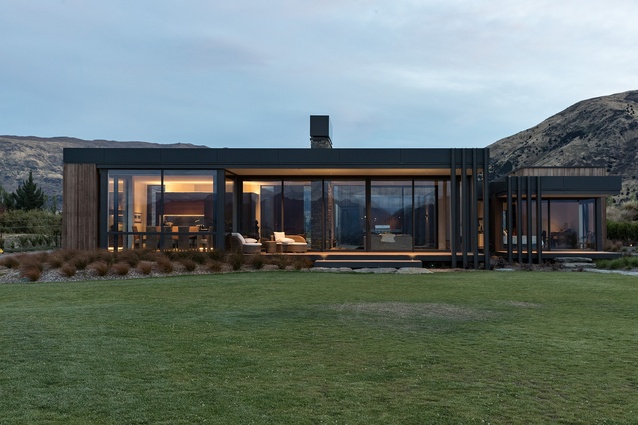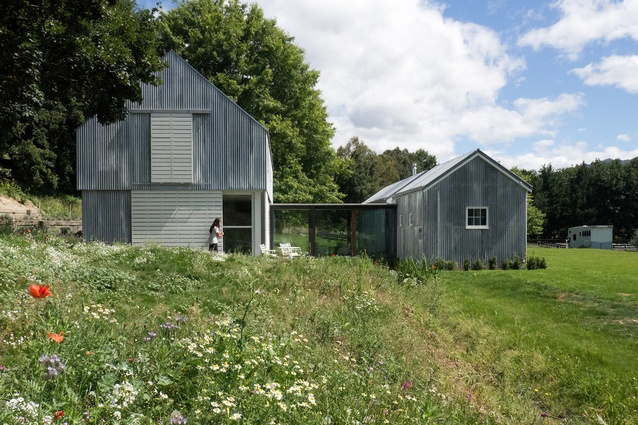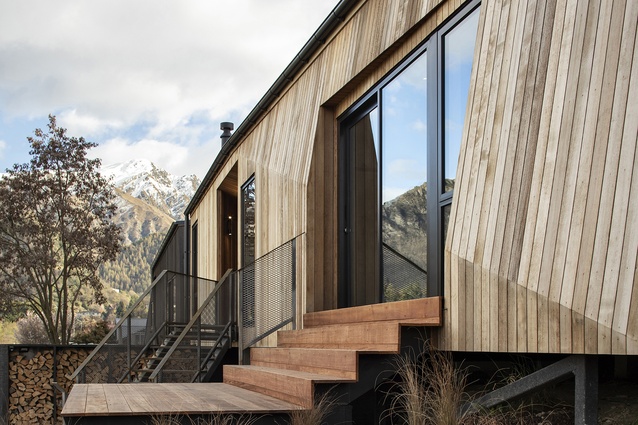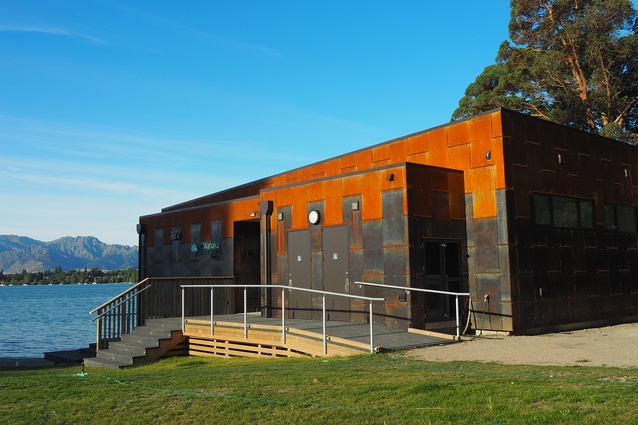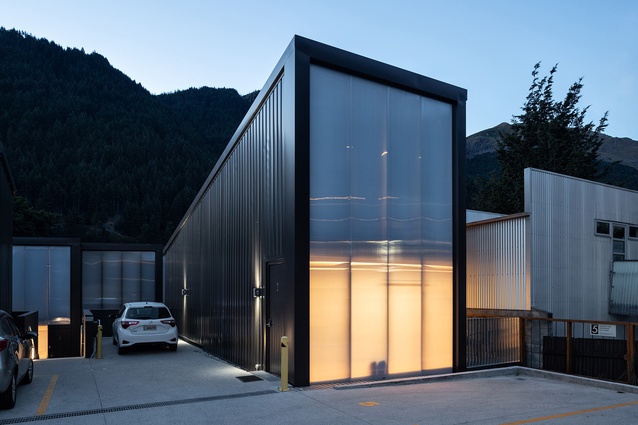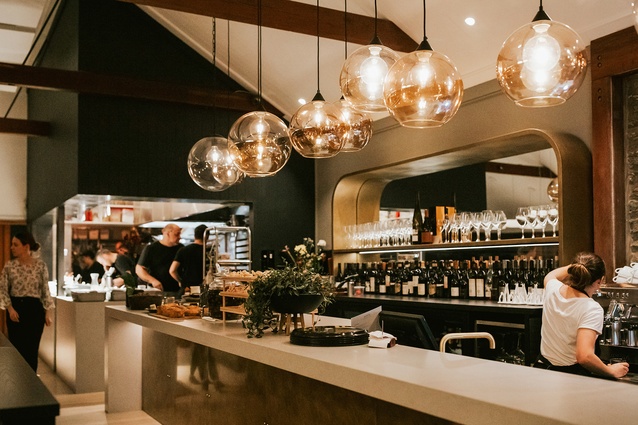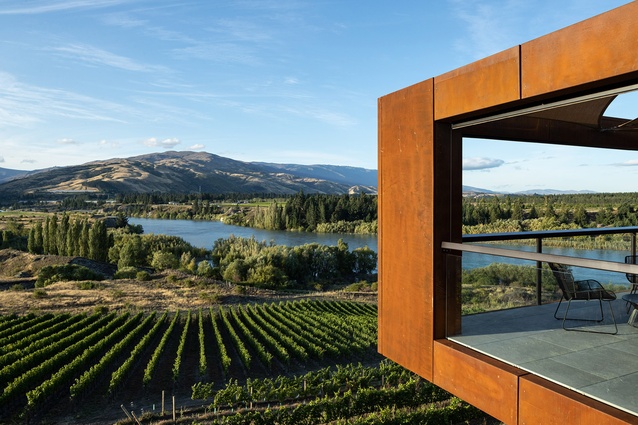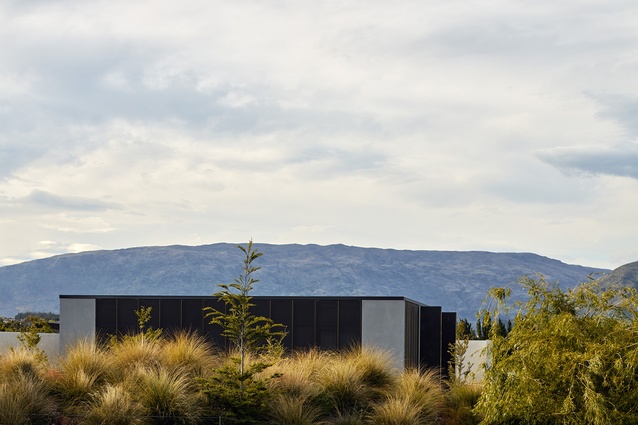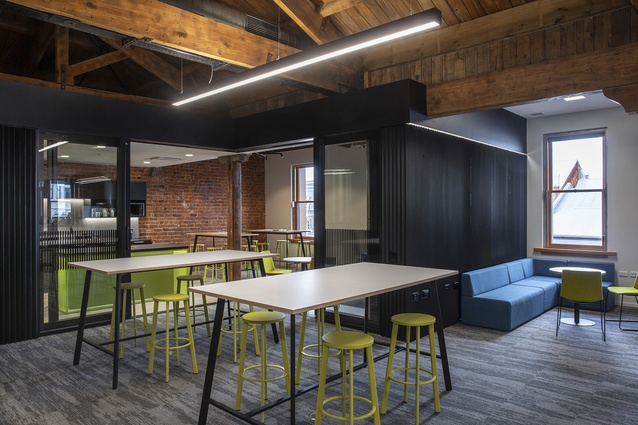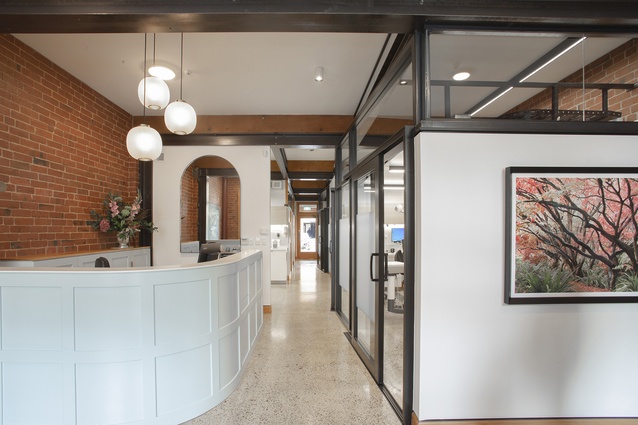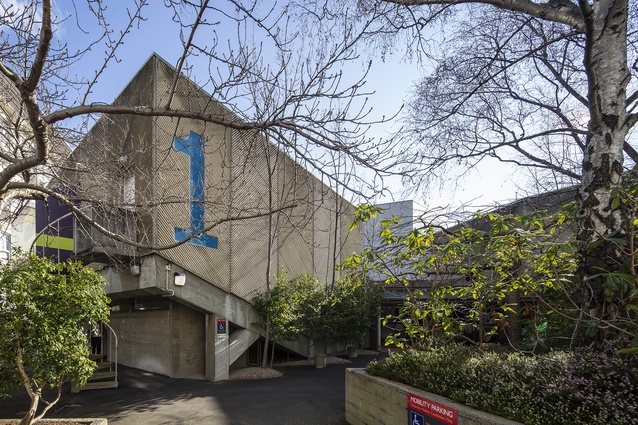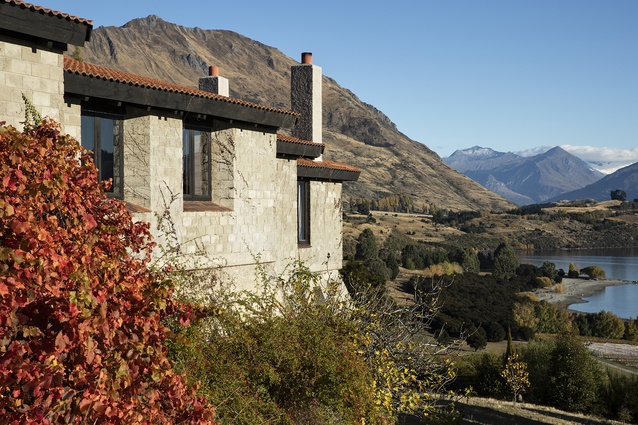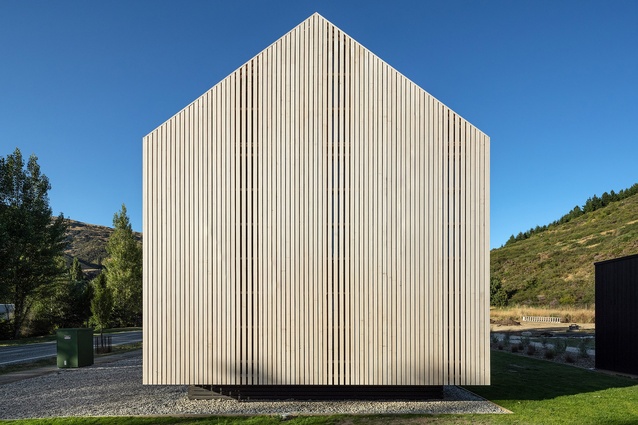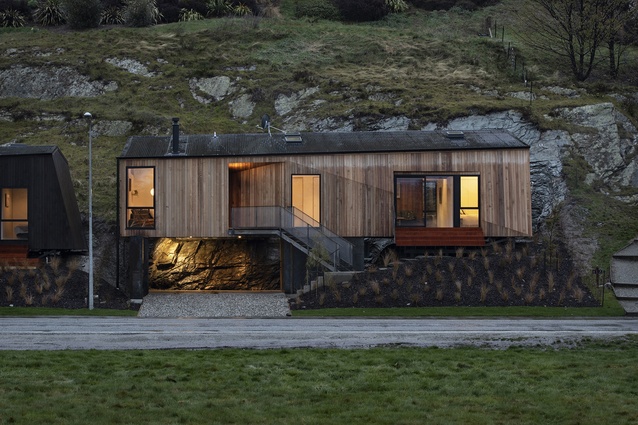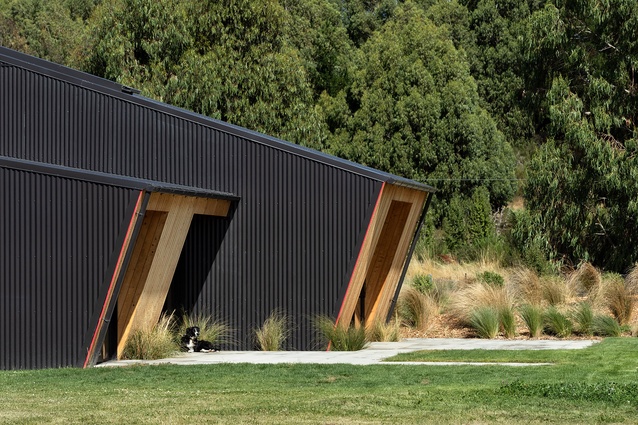Winners announced: Southern Architecture Awards 2020
The final local awards programme of this season takes us to the bottom of the country where 23 projects have been honoured by the Southern branch of Te Kāhui Whaihanga New Zealand Institute of Architects.
The winning projects show the wide range of projects being carried out in the Otago, Central Otago, Queenstown Lakes and Southland regions. Queenstown architect Stacey Farrell was the convenor of this year’s jury and was joined by architects Eliska Lewis from Wanaka and Cameron Pollock from Auckland and broadcaster Marcus Lush.
Farrell was impressed by the quality of the work from this year’s programme saying, “It’s great to see architecture in our region in such resilient good health. It was refreshing to encounter so many projects pushing boundaries and embracing new technologies in the extreme climate we call home.”
She continued, “Architects, clients and builders are demonstrating that we need to go over and above minimum requirements of thermal comfort and sustainability.”
See the full list of winning projects with judges comments below:
Housing
Willow House by AQA Alessandro Quadrelli Architetto
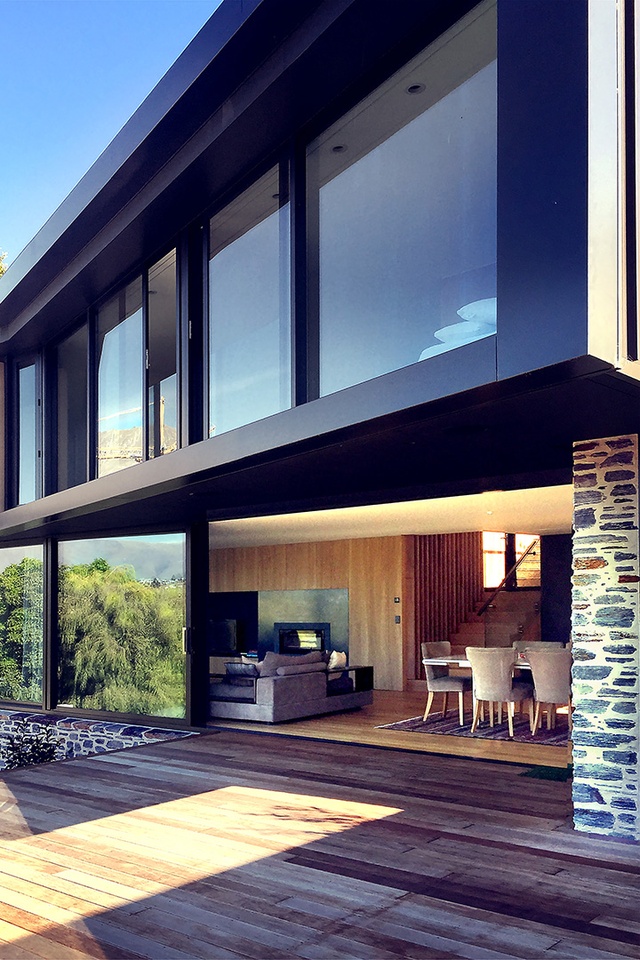
In this project, bold forms have been layered on a steep rocky site to make the most of views, sun and opportunities for natural ventilation. The upper form floats over a structured schist base, and overhangs manage summer and winter sun. Inside, the clients’ needs have been fully considered, from the entry with ample storage to the laundry which doubles as a bar serving the house’s sheltered southern courtyard. The architect’s consciousness of sustainability and thermal comfort means the home’s delighted owners are promised a happy future overlooking Lake Wakatipu.
Bendemeer House by Assembly Architects

Surface and structure combine in this home that features a simple and minimal design that celebrates the natural characteristics of the building’s materials. The house sits lightly on the land, with the living area stepping down in response to the rolling topography. The architects’ use of exposed CLT flooring and ceiling panels, with steelwork highlights internally, typify a carefully considered project that not only provides impressive thermal performance, but communicates through its texture and materiality an inviting warmth.
Scott House, Mt Barker by Assembly Architects
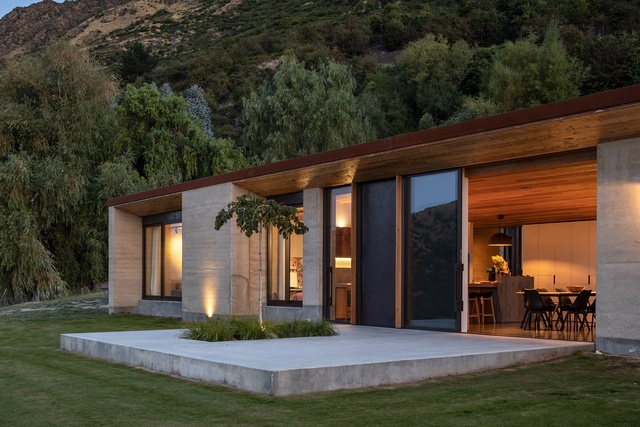
To the distant observer, this house seems an unassuming structure backed against a vast hillside, yet the simplicity of the form belies a complex and sophisticated interplay between materials, mass and void. This house is lean and has an elemental clarity; its spatial fluidity and pared-back detailing exploit the inherent advantages of its materials – unadorned rammed earth, timber and concrete – in its specific context. The architects understand these materials in this place and have allowed them to speak for themselves in a calm and contemporary language.
Resene Colour Award
The pared back palette highlights the natural warmth and texture of the rammed earth and layered concrete walls. Natural timbers, black light fittings and a limited use of white enhance the richness of the materials. The overall effect is one of well-considered restraint.
Ruby Ridge House by Condon Scott Architects
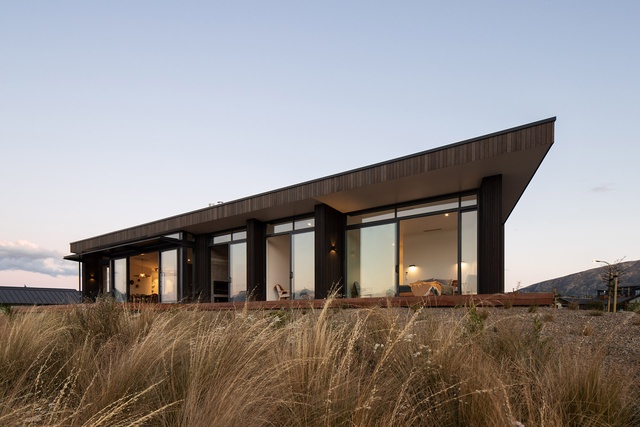
This house is an expertly crafted work that stands out as something very special. The disciplined use of materials enhances the curves of the built form, and the treatment of detailing is masterful.
Cliff House by Mason & Wales Architects
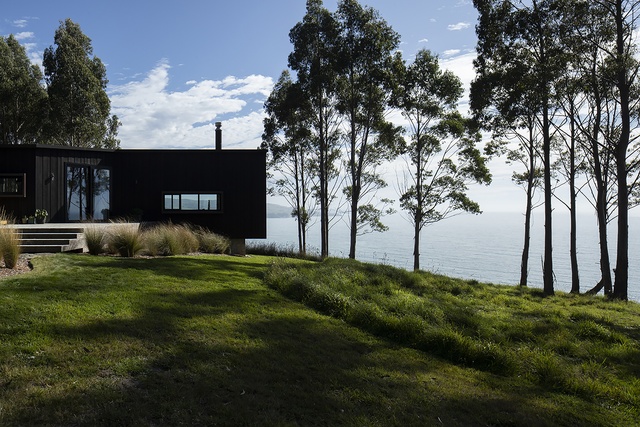
The architect’s interpretation of the brief has resulted in enjoyable spaces that can be opened up or closed, a flexibility that means the spaces can have quite different personalities depending on the time of the day or the inclination of the client. Dedicated circulation space is limited to the compressed links, heightening the sense of delight when entering the central kitchen and entertaining space. Elsewhere, passage is from room to room, further enhancing the spatial efficiency of the plan. Throughout the house, black and natural cedar offset each other and, along with the featured metalwork, complement the building’s simple form. Nestled among tall gum trees with views across a bay, the house has an unassuming presence, and the integrity of the design intention is evident in the care taken to minimise the impact on the surrounding environment.
Wanaka Crib by Pac Studio
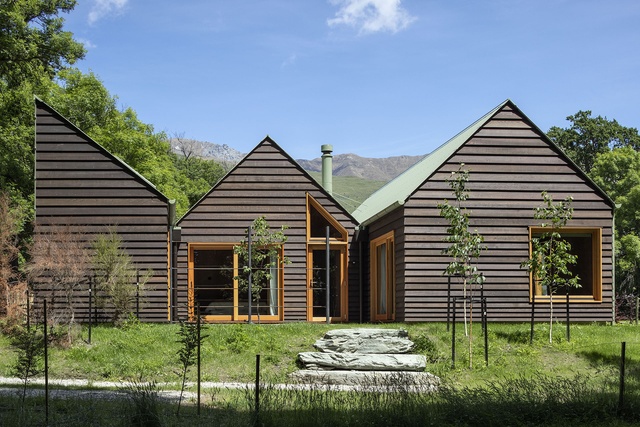
In this project classic formal and material motifs are combined with subtle variants in the crafting and detailing of traditional materials. Three courtyards convey a sense of space being pushed and pulled within the lightly delineated rectangular template. An adept and sympathetic deployment of form, orientation and natural materials is achieved in a sophisticated yet joyous manner. This is vernacular architecture wrought fresh, with a keen eye and alert consciousness; there is certainly a lot to admire in this small dwelling.
Resene Colour Award
Building elements are represented with clarity throughout the Wanaka Crib and applied colour is sparingly introduced to complement the celebration of nature’s rich detail and texture. The building is treated predominantly with natural oils, and the colour scheme expresses the honesty and integrity of the design process and complements the taste and lifestyle of the house’s occupants.
Lake View House by Parsonson Architects
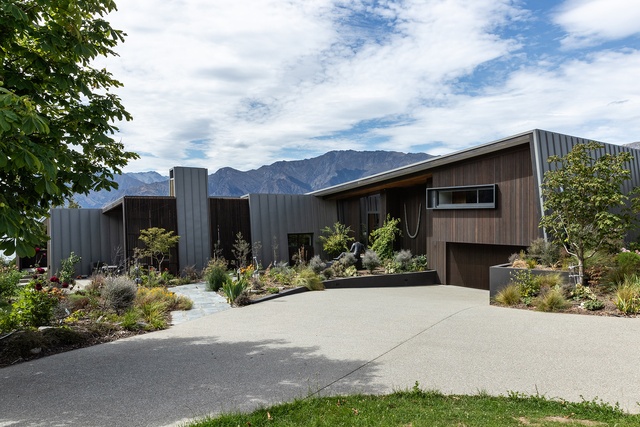
Art-loving, energetic clients have inspired an outstanding work of architecture. This house is a journey that begins with an unassuming street frontage that belies the adventure to be found inside. The site has been divided masterfully into zones; sun, ventilation and privacy are handled with impressive competence, as are the important gallery areas. This is a delightful house – a visitor just won’t want to leave.
Resene Colour Award
External colour choices for this home site the house beautifully and break up its mass. Inside, the restrained colour palette cedes the limelight to the clients’ art works and furniture.
Oliver’s Ridge by Team Green Architects
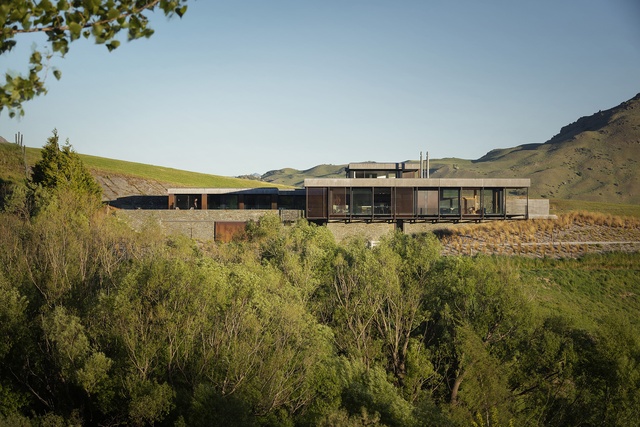
Achieving comfortable luxury, this project demonstrates in an exemplary manner the realisation of a sustainable design philosophy in a large-scale residential development. Care has been taken to specify materials that perform well environmentally and to closely observe passive design principles. Robust exterior materials and rigorous formwork give the house a sense of permanence; this house, one feels, is here to stay for many generations. Internally, the design sensibility is relaxed, favouring warmth and textural richness – an approach that fitted the client’s brief for modern informality.
Wanaka House by Three Sixty Architecture
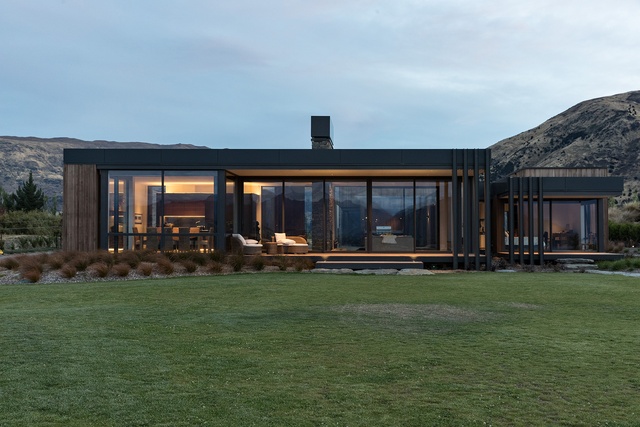
The Wanaka House accommodates the needs of its inhabitants within a sophisticated and refined aesthetic. A taut, uncluttered treatment of rectilinear forms distinguishes this house, nestled behind a prominent landscaped berm, in its suburban setting. The large expanse of glass that makes up the northern, street-facing façade affords occupants a spectacular view without submitting them to public display. Cedar, metalwork and schist are carefully deployed within elegantly proportioned forms that surround a central courtyard, an arrangement that lessens the house’s visual bulk. The design is a delightful exercise in compression and release – an interplay of enclosure and curated view shafts. In sum, the house is composed of peaceful, intimate spaces, and nestles gently in the land.

Housing – Alterations and Additions
Lake Hayes Cottage by Anna-Marie Chin Architects
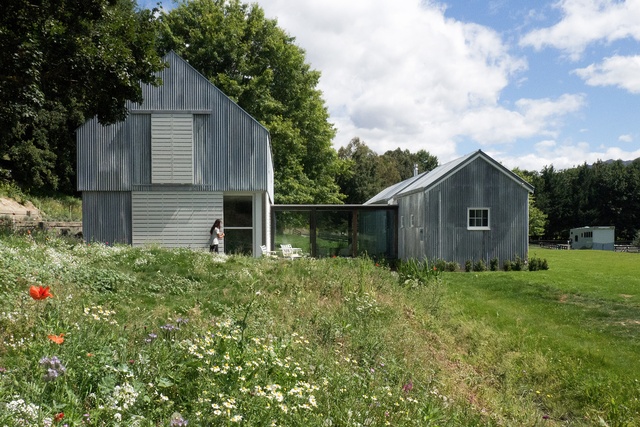
The additions to a two-storey cottage nestled into large trees have been expertly handled to enhance the existing building and make the most of the site’s natural advantages. The management of the proportional relationship between the two forms is masterful, as is the treatment of such project elements as the spanning of a watercourse, the overhang on the addition, and the white slatted screens that serve to tie the buildings together. The cottage is both evocative of another time and ideal for contemporary occupation.
Resene Colour Award
The use of colour enhances the palette of materials and arrangement of forms. Care has been taken to restore some materials, and age others, to produce a soft and cohesive domestic atmosphere.
Housing – Multi-unit
Arrowtown Houses by Hofmans Architects
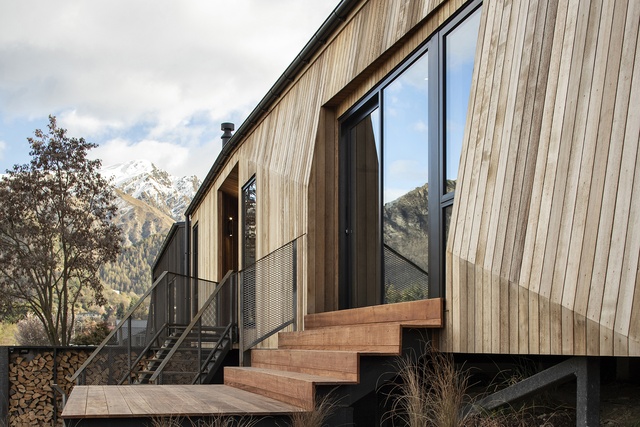
The Arrowtown Houses is a praiseworthy project, a spectacular yet modest intervention in the landscape. The form is analogous to the site’s geology, and it shifts with the shape of the land. An anchor point in the design is the imaginative treatment of the rock wall, which is visible in its natural form in the carport and outdoor areas, and illuminated at night. The architects generated a plan that is an expert manipulation of small spaces, with allowances for daylight, provision of inventive detailing, and thoughtful use of materials.
Commercial Architecture
Wanaka Watersports Facility by Alistair Madill Architects
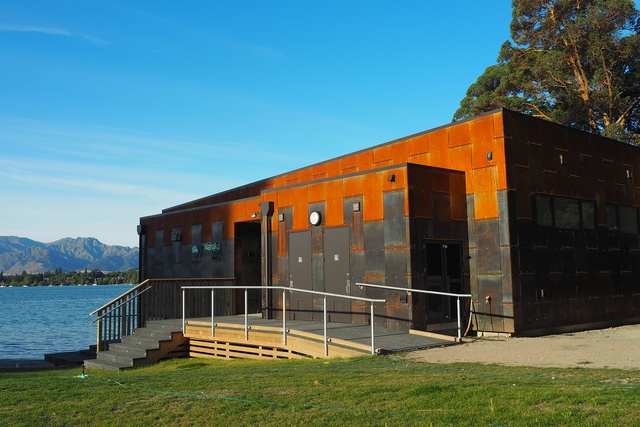
A richly textured and contoured façade belies the tough functional requirements demanded by a project realised in a sensitive environmental zone. There were also significant natural obstacles to contend with, and the project was subject to intense and prolonged public scrutiny. An articulated form and complementary material selections break down the building mass so that over time it will visually blend into its setting. The design’s sensitivity and a generosity of spirit have won over sceptics, and the facility has become a popular community hub. The building demonstrates the value to the community of architecture that provides valuable social amenity and enhances the life of a town.
Koura Apartments by Johnston Architects
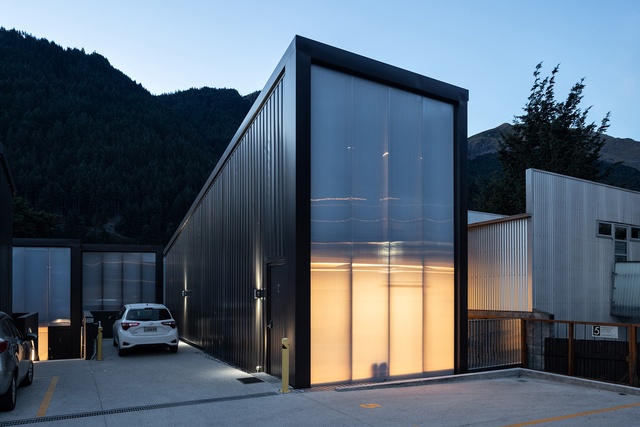
The Koura Apartments project stands out in a town of numerous short-term rental accommodation options. On the striking frontages, translucent sheets transmit movement and vitality, adding life to the streetscape. The clever deployment of bold forms on the steep site mean occupants enjoy beautiful, versatile light-filled spaces offering both privacy and peaceful views to the adjacent ravine.
Hospitality
Aosta by Anna-Marie Chin Architects
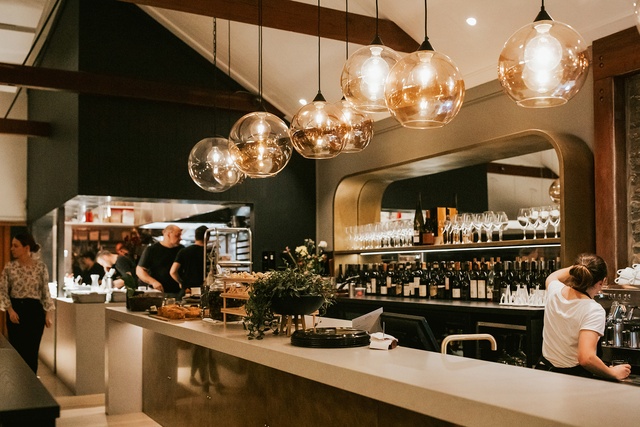
This project demonstrates how a simple and affordable design coupled with a refreshingly ambitious spirit can deliver a laudable outcome for a business client. In the uplifting project a new layout provides visual engagement for the restaurant’s staff and patrons, and for passers-by who can view pasta dough being prepared during the day; even outside opening hours, the restaurant communicates vibrant appeal. The discerning use of lighting effects, mirrors, and textural materials in a balanced composition contributes significantly to the success of this project.
Te Kano Estate Tasting Room by Mason & Wales Architects
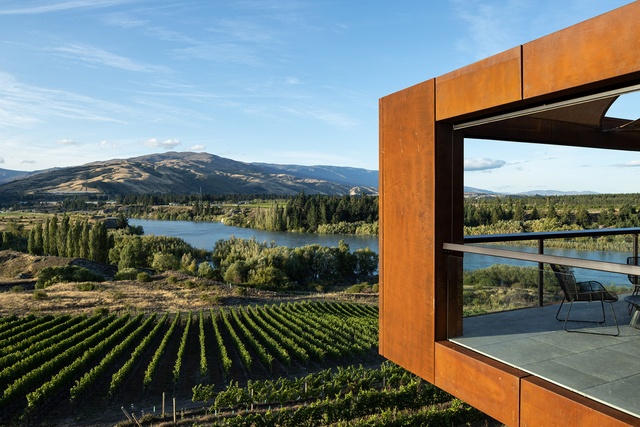
An elegantly rendered outcome to a complex brief, this project is a testament to the architect’s tenacity in resolving numerous issues and perspicacity in recognising opportunities. A stylish and composed treatment of details and considered material selection yield a seamless integration of the project’s structural, environmental and functional aspects. Container buildings often betray their legacy, but here the architectural team has overcome inherent constraints to produce a design tour de force that provides the clients with an iconic built form within the stunning landscape. The project is a work of impressive clarity.
Resene Colour Award
Earthy references characterise the vocabulary of winemakers, and the design language of this project. The building’s palette resonates with its environment, its hues forming a connection with the ground from which the building springs. Left to weather, the hardy and resilient untreated exterior steel and timbers will show character over time. The deeper, honey-toned timber treatments of the interior sit comfortably alongside stone- and pebble-toned elements to create a soothing and welcoming ambience.
Interior Architecture
Te Pakeke by Fearon Hay Architects
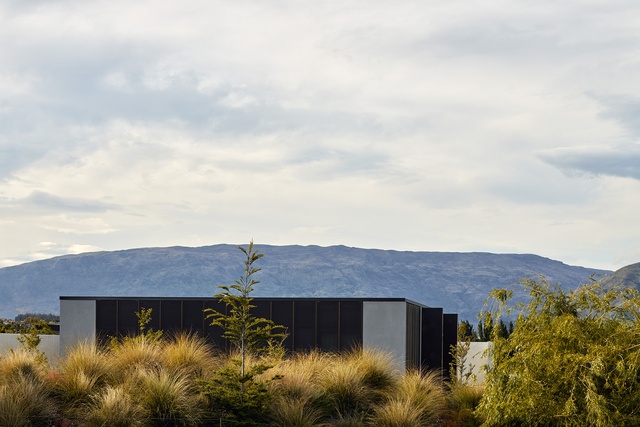
The brief was for a winter retreat interpreted in a modern way, and the project has certainly met that request. The architects of this space were not afraid to be bold in both programme and palette. The floor-to-roof perforated shutters with brass detailing are impressive in scale and fundamentally functional: they allow control over privacy and solar gain, transforming the feel of the rooms to meet the wishes of the occupants. Mirrored walls, interior doors with disappearing lines, and exquisite metalwork detailing, combined with warm timbers, contribute to the occupational experience of an undeniably special space.
Resene Colour Award
A warm rich palette of exposed timber ceilings, with moody grey walls and concrete floors and black steelwork, contrasts with seams of brass. When the screens are open, the mirrored walls reflect the mountain scenery and bring inside the colours of the world outside, that vary according to the weather. This is inspirational, enveloping interior space, with a colour palette that evokes a sense of shelter.
Worksafe Office Fit-out by Parker Warburton Team Architects
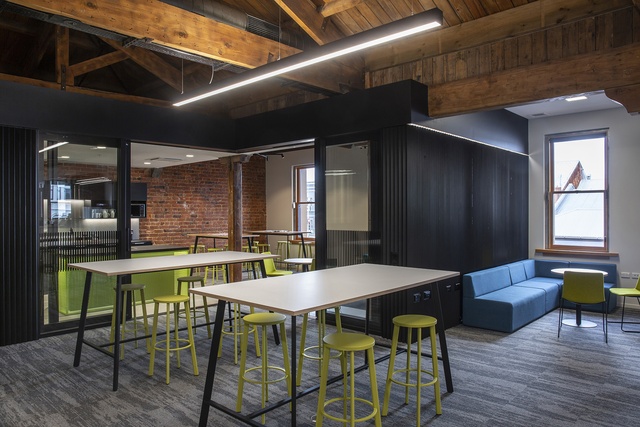
The architects have responded energetically to a challenging technical brief within a heritage context. There has clearly been a dedicated commitment to understanding the limitations and opportunities posed by the original building. New work is beautifully integrated with the existing structure, and spatial, security and services requirements have been carefully accommodated. The result is a sensitively handled adaption providing flexibility and adding vibrancy to a working environment which has a fresh studio-type feel.
Resene Colour Award
The design respects the rich aesthetic of the original space. The rich texture of the original surfaces is complemented by clear-finished, exposed timber trusses and brickwork to produce a crisp aesthetic. The golden glow on the up-lit original roof timbers are offset at lower levels where sharp black and white elements dominate and punchy colour accents add vivid contrast.
Dunbar Dental Fit-out by Parker Warburton Team Architects
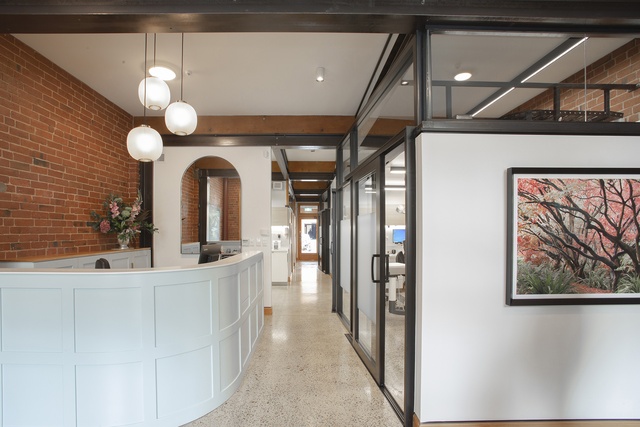
This fit-out has been handled with a level of care consistent with the considered approach of client and architect. Small details make a welcome break from expectation and add up to a refreshing and mature workspace. With its restrained, but not clinical palette, the office is now model expression of a professional working environment – a dental practice with a difference.
Enduring Architecture
University of Otago Archway Lecture Theatres (1974) by McCoy & Wixon Architects
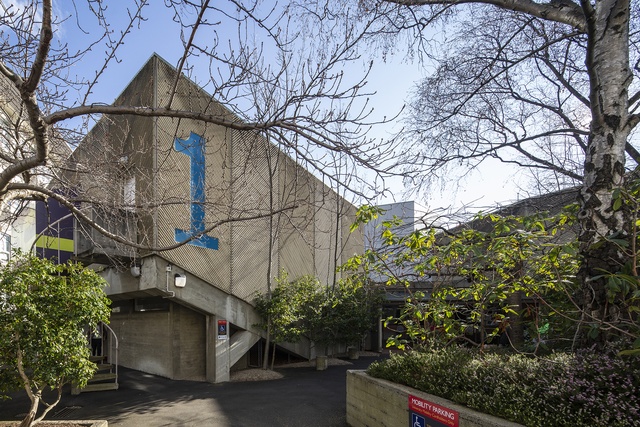
This 4-lecture theatre project by Gold Medallist architect Ted McCoy has endured for nearly half a century and still stands out as architecture that is different and special. The form’s uniqueness and its sense of presence on the campus derive from the simple but effective four-point cruciform layout of the theatres. The external expression of the tiered lecture theatres is such that the building seems to hover over the ground. Fluted concrete panels and external spiral stairs speak to a moment in our architectural history, but the building remains an accomplished work of significant merit.
Mills Residence (1973) by Mason & Wales Architects
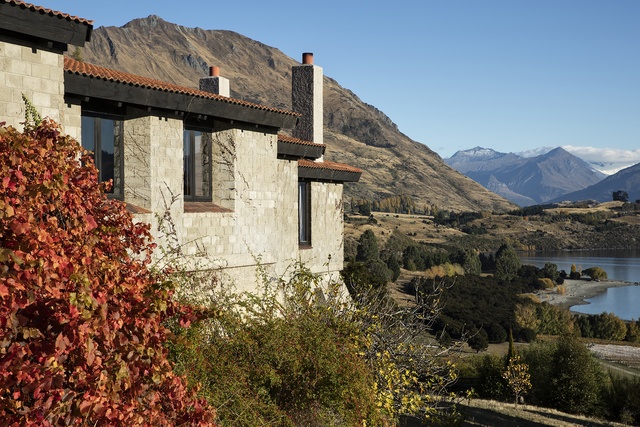
Build something thoughtful and beautiful and it will endure. In this project, raked mass concrete foundations support a clever floor plan that drapes the hillside and gives most rooms views to the spectacular lake and mountain views, while shaping a sheltered courtyard and a lagoon-style swimming pool. Half a century later, a site that once was bare has blended with the house: the architecture appears to have grown from the earth. A simple material palette of mud bricks made from the site, detailed timber beams and trusses and clay tile roofs are used throughout, and expertly crafted. The house wears its history and wears it well: everywhere you turn there is a tale to tell. The house has been much loved by three generations; it is testament to the passion and excellent working relationship of a client and an architect.
Small Project Architecture
Abodo Showcase Cardrona by Assembly Architects
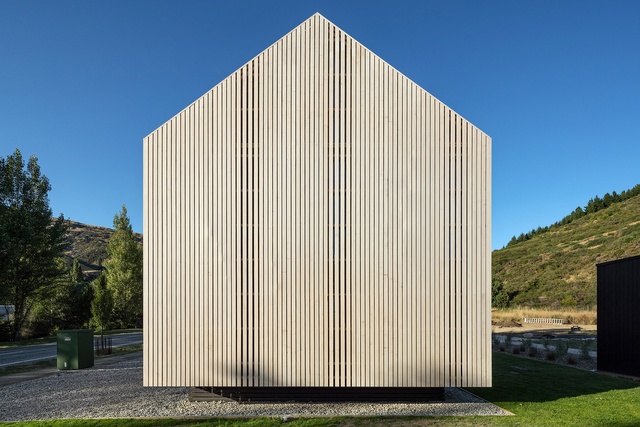
Elegantly conceived and gorgeously crafted, this building showcasing the client’s timber products exhibits a high level of care and attention to detail in all aspects of its construction and detailing. Enviable environmental, structural and thermal performance credentials complement the project’s classic beauty. With this building, architecture is reduced to its purest essence to at once align with and transcend formal tradition. The building is so vigorous that it appears to be on the verge of release from the ground.
Resene Colour Award
This project plays on a cool driftwood-toned exterior palette that complements the disarmingly abstract exterior timber screening which is punctuated by a solitary projecting hood and doorway. By contrast, the interior richness is striking in its intensity. A variety of timber species provides a subtle interplay of golden tones throughout the richly textured interior. The stark contrast of the black structural steel and cabinetry elements accentuate the interior space and rhythm. The building is a true celebration of timber’s inherent beauty.
Arrowtown House by Hofmans Architects
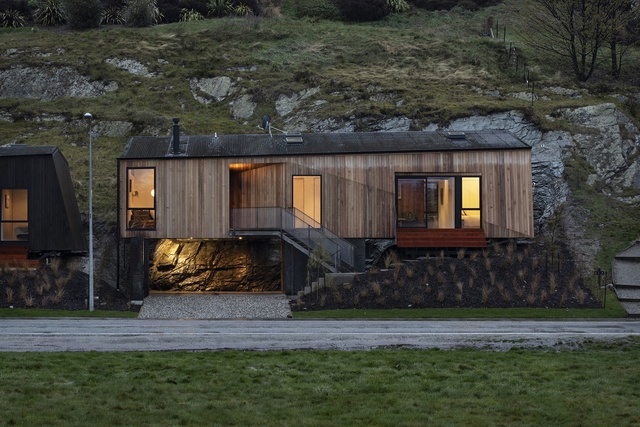
Sited on a steep and marginal site, house stands out in its street, giving a hint at the unique disposition of space within. The house expresses the rock face it nestles into. The crinkled timber form alludes to the rock face which may be glimpsed from most of the internal spaces. The immediacy to the street is successfully managed, allowing the occupants to retreat inside to domestic privacy. Space is expertly handled to maximise the house’s size, and the living areas, lofts and two bathrooms, do not feel at all small.
Long Grass House by Rafe Maclean Architects
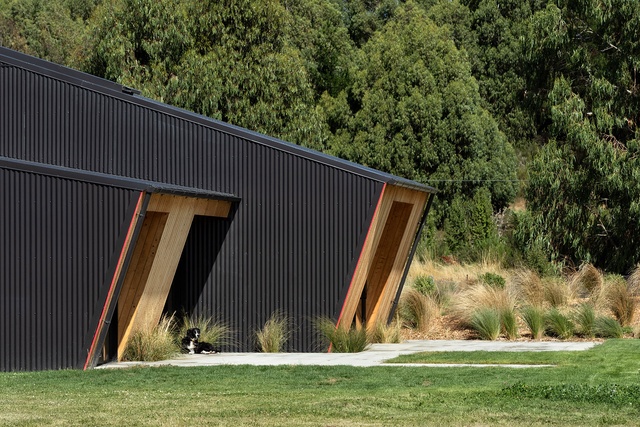
The project strikes a balance between affordability, sustainability, and liveability. The design approach has been positively reductive, interrogating what is really needed in order to produce what is sufficient. It is clear that client and architect have become a complementary team, working together through design and construction. There is a sense of fun in this design which carries through from outside to inside; it evokes a feeling of being on holiday in a house that is occupied the year round. The interiors are engaging, with an enjoyable volume of space, natural light, and material warmth.
Resene Colour Award
Colourful trimmings are used to accent the natural timbers on the interior and colour steel on the exterior. The pops of red are delightful and have been discreetly expressed. Shades of teal and grey in the joinery and tiling complement the interior material palette of plywood walls and exposed concrete and hardwood floors.
The NZIA Local Awards programme has been supported by Resene for the last 30 years.

